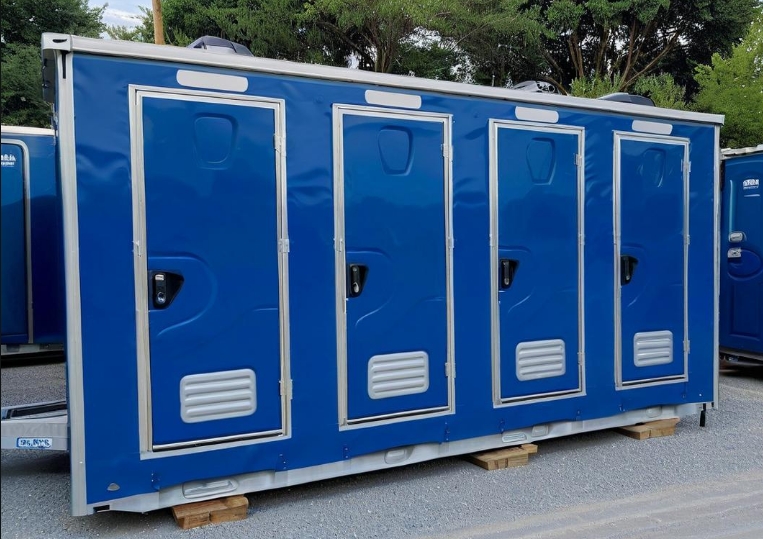How to maintain regular maintenance to keep the mobile toilets hygienic?
2025 Sanitary Maintenance Guidelines for mobile toilets
I. Daily Cleaning Specifications
High Frequency Cleaning
Surface cleaning:
Daily wipe walls, floors, door handles and other high-frequency contact areas, focusing on cleaning the commode,
Washbasin and other easily soiled parts, and using neutral detergents to prevent material corrosion.
Disposal of dirt:
Clean up waste paper and garbage in a timely manner to ensure that poop goes into the pit, pee goes into the pool, and waste paper goes into the basket.
Disinfection and deodorization
Disinfect door handles, faucets and other contact areas at least 4 times a day, and spray deodorant or light incense to get rid of odors.
Foam flushing technology (with microbial degradation function) is used to reduce odor and decompose feces into harmless substances.
II. Maintenance of equipment and facilities
Regular Inspection and Maintenance
Water supply and sewage system: Weekly inspection of faucets, flushing equipment, and sewage pipes to ensure no blockage or leakage.
Clean sewage tanks and biochemical treatment pools monthly.
Functional equipment: Maintain facilities such as lighting, exhaust fans, door locks, etc. Damaged parts are repaired or replaced within 24 hours.
Material Maintenance
Metal parts: Remove rust spots regularly (e.g., by using abrasive powder or acidic melts) and avoid scratching with hard objects.
Non-metallic materials: avoid high temperature exposure, sprinkle water to cool down the temperature in summer,
and wash in time after rain to prevent stains from curing.

III. Environment and Safety Management
Ventilation and temperature control
Keep the exhaust fan or fresh air system running, and enhance ventilation to reduce the internal temperature in hot weather.
Take waterproof measures (e.g. sealant treatment) in areas with high humidity to extend the life of the facility.
Insect and Fire Prevention
Regularly spray fly and insect control agents to reduce the risk of disease transmission.
Equip fire extinguishers to ensure that evacuation routes are clear.
IV. User management and education
Guide civilized use
Post civilized slogans (e.g., “care for facilities” and “save water”) and update broken signs.
Educate users on the correct use of equipment (e.g. avoiding littering) through promotional materials or APP push.
Responsibility system
Implement the “personal responsibility system”, regularly inspect the sanitary condition, and assess the cleaning quality and service attitude.
V. Long-term Maintenance Mechanism
Records and feedback
Establish a maintenance file to record the frequency of equipment inspection, fault repair and disinfection, so as to facilitate the traceability of management.
Collect feedback through user ratings (e.g. APP) to optimize the service process.
Seasonal Adjustment
Increase the frequency of cleaning in summer, and focus on the maintenance of frost-proof equipment (e.g. water pipe insulation) in winter.
Implementation standard: follow the “four clean, three no, two pass and one clear” (clean floor, clean wall, clean toilet, clean surrounding;
no overflow, no mosquitoes, no flies, no odor; water pass, electricity pass, and bright light).


